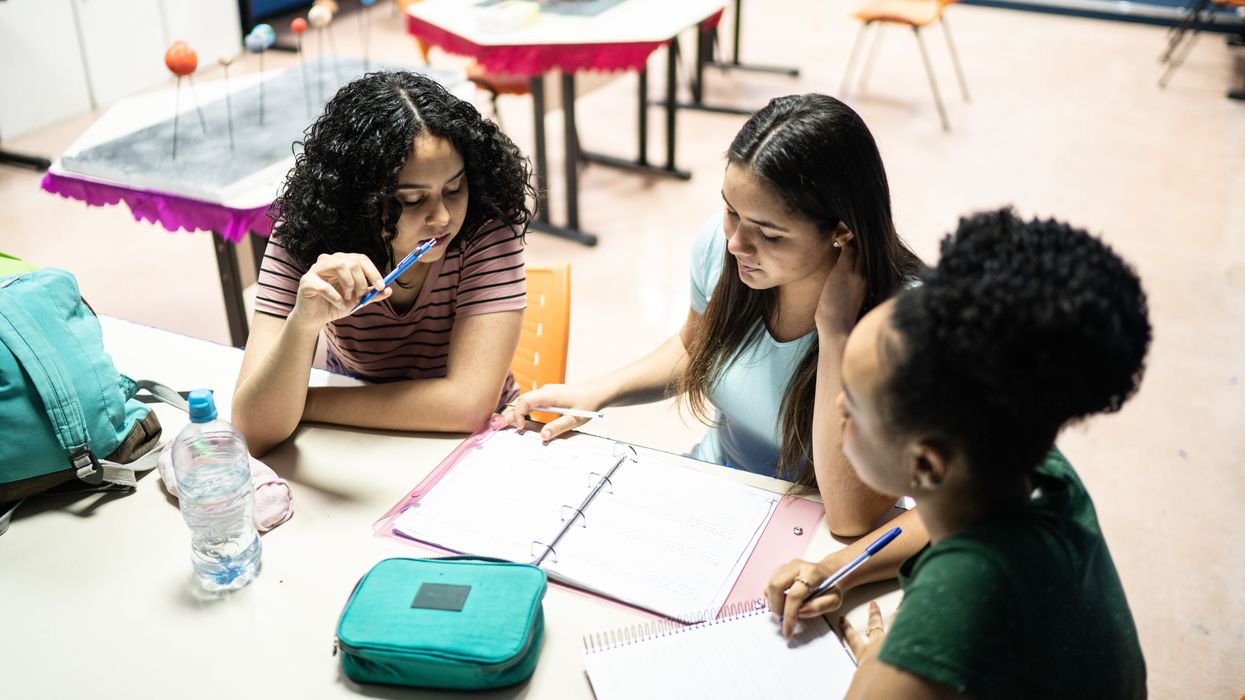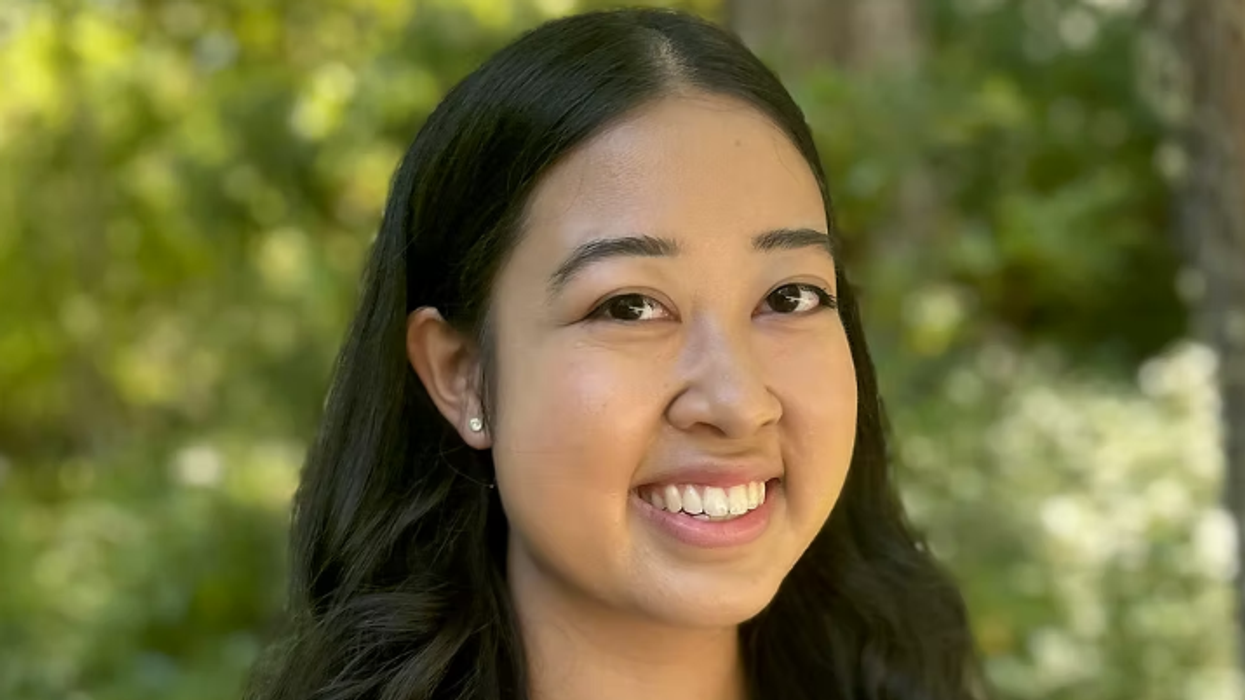Cooper is the author of “ How America Works … and Why it Doesn’t. ”
As Donald Trump and Kamala Harris spar over controversial topics like immigration and the economy, an essential issue to American society is once again being ignored: the public school system.
A nation’s public schools reflect both its current conscience and its future prospects. America’s founders recognized this. John Adams insisted that the education of “every rank and class of people, down to the lowest and the poorest” always had “to be the care of the public” and “maintained at the public expense.” And “no expense … would be too extravagant.” Thomas Jefferson understood that an educated populace was a crucial defense against demagoguery. In his “Bill for the More General Diffusion of Knowledge,” Jefferson warned that government “tyranny” would emerge unless “the people at large” were “educated at the common expense of all.”
Recognizing the importance of public education was hardly the founders’ greatest insight. It’s obvious. Yet while America’s public education system (which educates over 90 percent of our students) has historically been a success, it has been deteriorating in recent decades. This is a monumental unforced error.
The problems are manifold. Low and declining rates of government funding are leading to less talent and commitment among teachers, who are severely underpaid. Teachers’ unions complicate all this by protecting under-performers. Budget deficits cause overcrowded classrooms and limit essential resources like new books and in-classroom technology. And zero-sum rivalries with charter schools and voucher programs divert funds away from public schools.
A decline in school safety, moreover, is having a negative psychological impact on students. High-profile shootings on campuses shake the nation. Bullying is also a big problem. According to the National Center for Education Statistics, in 2018 over 20 percent of students in grades six through 12 were bullied in school or on their way to or from school. Studies show increased mental-health challenges among students, especially in college.
These struggles get worse the lower down the socio-economic ladder one looks. And as wealthy students increasingly migrate to private schools, underprivileged kids become a bigger percentage of public school students. NCES explained in 2018 that “more than 50% of the public-school population in the United States was made up of low-income students. This is a significant increase from 38% in 2001.” When underprivileged kids struggle in school — surprise, surprise — their job prospects as adults suffer. And studies reveal that low-income students perform worse than wealthier students on average, as family wealth correlates strongly with academic success.
America’s schools (public and private combined) compare very poorly with the rest of the world. “Thirty countries now outperform the United States in mathematics at the high school level,” Education Week explained in 2021. “Many are ahead in science, too. According to the Organization for Economic Co-operation and Development, the millennials in our workforce tied for last on tests of mathematics and problem solving among the millennials in the workforces of all the industrial countries tested. We now have the worst-educated workforce in the industrialized world. Because our workers are among the most highly paid in the world, that makes a lot of Americans uncompetitive in the global economy. And uncompetitive against increasingly smart machines. It is a formula for a grim future.”
Worse still, America has saddled its young people with gobs of student-loan debt. Skyrocketing tuition fees and government-sanctioned easy money have been a disastrous combination. To put it bluntly: The 21st century has been an economic catastrophe for America’s college students and recent graduates. “Student debt has more than doubled over the last two decades,” the Council on Foreign Relations explained. “As of September 2022, about forty-eight million U.S. borrowers collectively owed more than $1.6 trillion in federal student loans. Additional private loans bring that total to above $1.7 trillion, surpassing auto loans and credit card debt. Only home mortgage debt, at about $12 trillion, is larger.”
It’s hard to think of a more destructive way to burden an entire generation and stymie their prospects than to weigh them down with crushing debt. This system doesn’t just materially degrade the quality of their daily lives. It limits their ability to take risks, to innovate and to give back to society.
America’s public education system does have some positive aspects, however. Many public schools do exemplary work. Many teachers perform admirably despite being underpaid. And most elite public universities are still leading educational institutions globally. The upper echelon of American public education is, indeed, unrivaled.
But these discrete examples of high performance make it all the harder to swallow the broad and unforgivable deficiencies. America shows its potential to excel in education; yet for so many of its young people, it fails miserably.
Adams and Jefferson would be appalled.

































